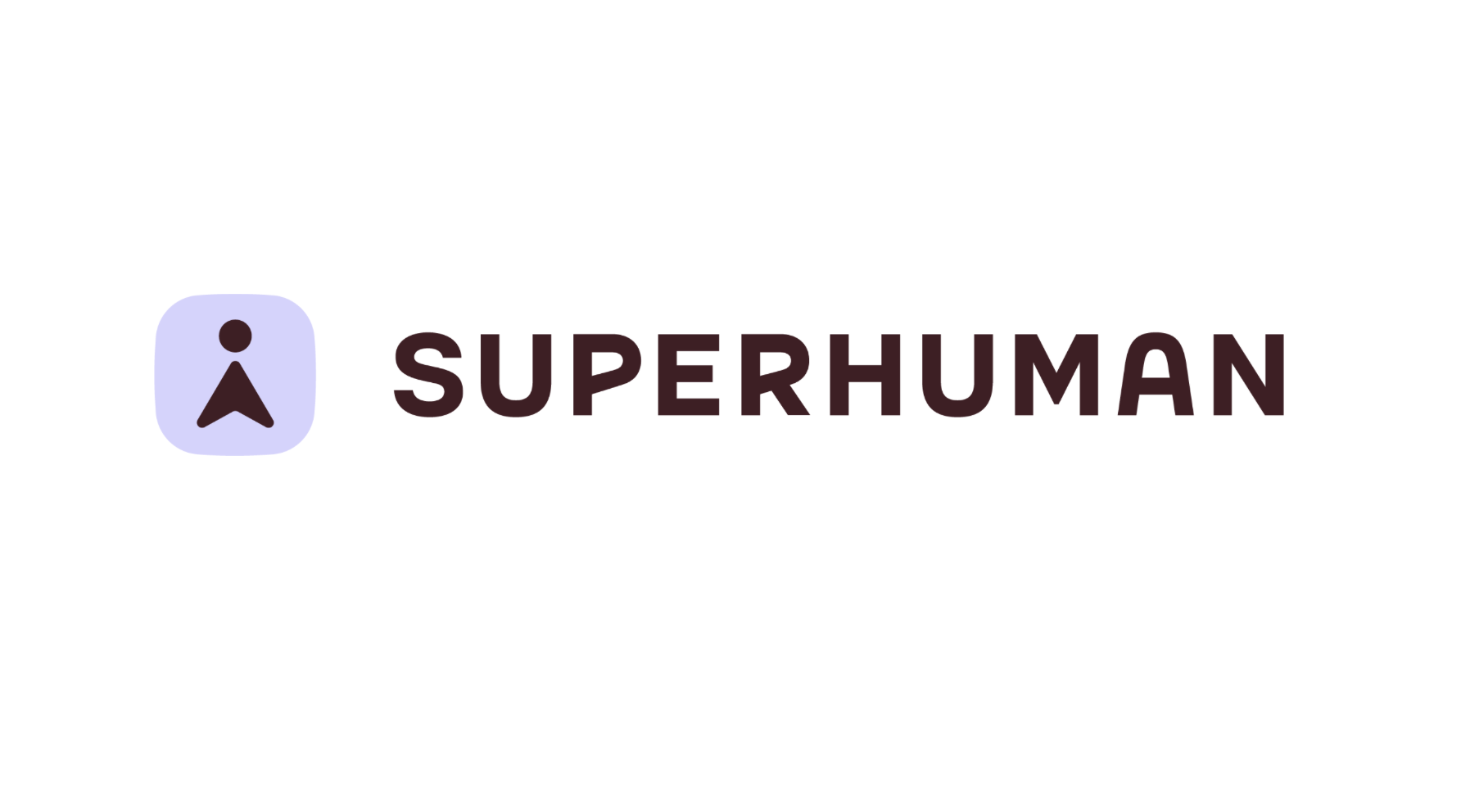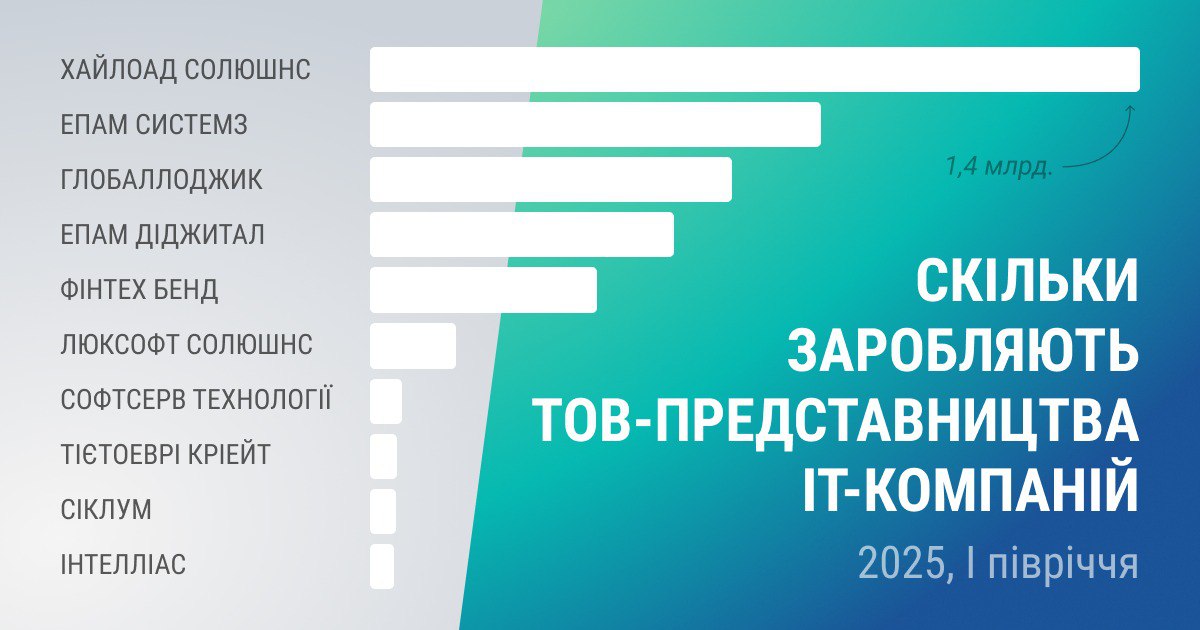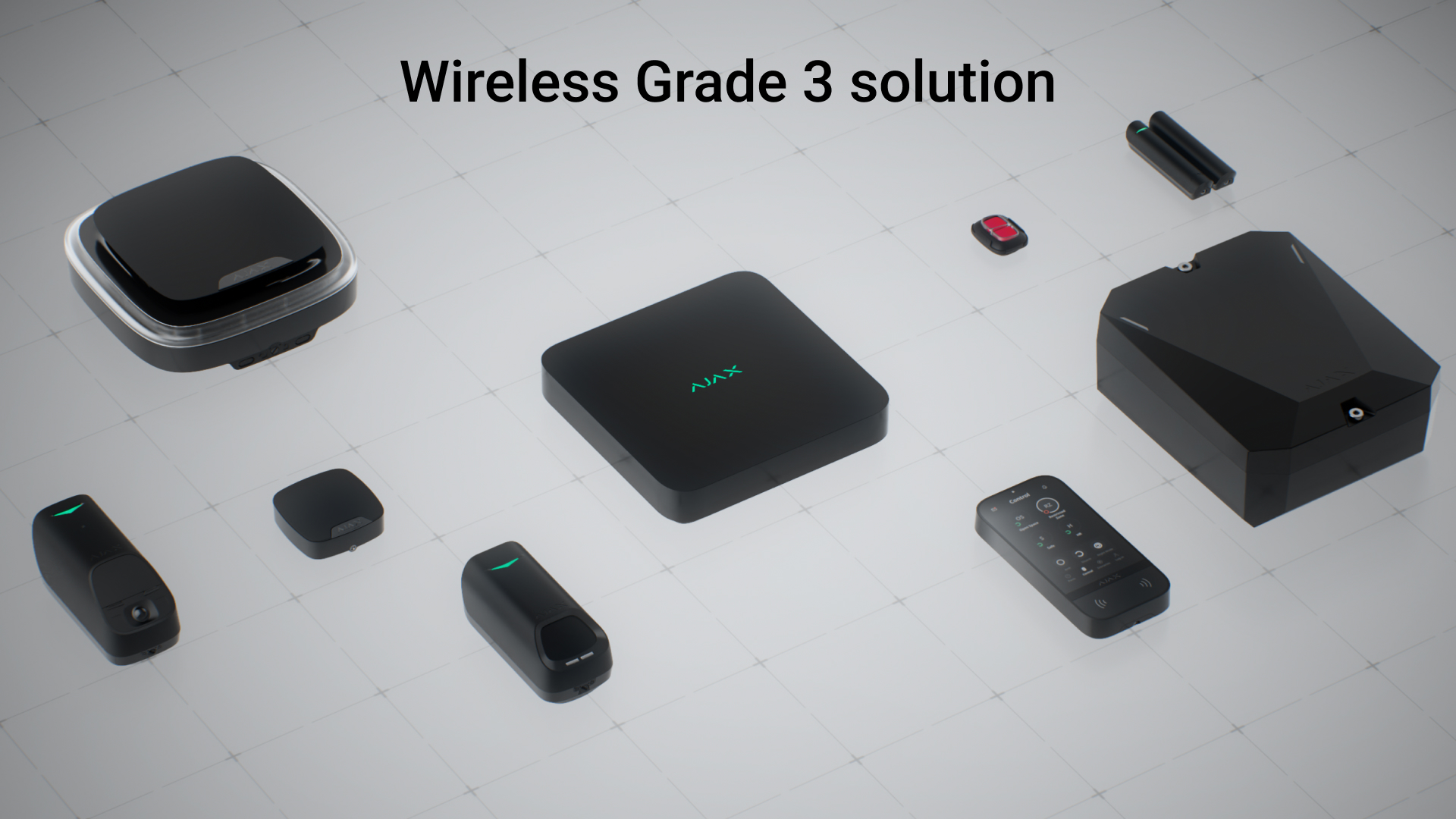$1 Billion for Grammarly — The Largest Funding in Ukrainian Tech History
Grammarly, the writing assistant company founded by Ukrainians, announced on May 29 that it had secured $1 billion in funding — the largest deal in the history of Ukrainian tech. While not a traditional investment, this special type of financing comes from one of General Catalyst’s innovative funding programs and marks a milestone for both Grammarly and the broader Ukrainian startup scene.
This deal stands out for several reasons:
- Grammarly publicly disclosed performance metrics for the first time in years.
- The financing model known as go-to-market funding is not typical for Ukrainian startups.
- $1 billion is the largest capital infusion ever received by a Ukrainian tech business. (Had it been a traditional investment, it would still top the charts.) For comparison, GitLab raised $801 million during its IPO.

According to Scroll.media sources, the company’s valuation may rise following this deal. The last public estimate, from Forbes, pegged the founders’ combined net worth at $1.9 billion, based on an $8 billion company valuation. At its peak, Grammarly reached a $13 billion valuation, but today’s market, shaped by pressure from tools like ChatGPT, may not support such lofty numbers again.
How Big Is Grammarly?
The company shared key performance figures with Reuters, and the results are impressive.
- Revenue in the past year reached $700 million.
- Daily active users (DAU) climbed to 40 million.
These numbers are far above previous estimates. Until now, Grammarly had never officially shared financial data, with most media speculating that annual revenue was somewhere between $70 million and $250 million. Hitting $700 million places Grammarly in elite company. (For context: Anthropic reported $1 billion in revenue in 2024, while most other high-profile AI companies still sit in the tens of millions.)
As for user growth, DAU is up significantly from the previously reported 30 million. It’s another sign of strong traction.
The Go-to-Market Model
The structure of this $1 billion funding is unlike anything typically seen in the Ukrainian startup ecosystem. It’s not a classic equity investment, loan, or convertible note. According to Scroll.media, only a handful of Ukrainian-founded companies operating globally have used such a model.
Here’s how it works.
The funding came via General Catalyst’s Customer Value Fund (CVF), which backs companies that have already found Product-Market Fit — the stage where a startup knows what it sells, and to whom.
At that point, a company’s biggest cost becomes customer acquisition (GC says about Sales & Marketing and Cost of Customer Acquisition (CAC)). For example, acquiring a user might cost $2, while that user brings in only $1/month in revenue. It’s not until the third month that the user turns profitable. The key is a long-term relationship, measured by LTV (Lifetime Value).
General Catalyst notes that this model has been reshaped by the rise of subscriptions. We no longer pay $500 for a one-time product — we pay $10/month indefinitely. Great for LTV, but it also means cash flows are deferred.
This creates a tension: companies need to spend heavily up front to grow, but the returns come slowly. Each new user represents a short-term cash loss, even as total revenue rises. It can give the illusion of a thriving business, while actually draining cash reserves.
Traditionally, founders plug the gap with investment or debt. The cost? Equity dilution. GC points out that founders today often own less than 20% of their companies by IPO, and sometimes as little as 5%. By contrast, Microsoft’s founders owned nearly 80% at IPO.
This shift marks one of the largest wealth transfers in startup history — from founders to investors.
Customer Value Fund aims to change that by introducing a new type of financing. Here’s their logic: when a company invests in a product, R&D, new directions, or experimental features — that’s inherently risky. It’s perfectly reasonable to use equity for that. You might invest $10 million and end up with nothing, or maybe $100 million, or even $1 billion. Everyone involved takes a risk, but the upside can be huge.
However, once a company has reached Product-Market Fit, investing in Sales & Marketing is no longer about risk — the outcomes are largely predictable, just delayed in time. And that means the financing model should be different, too.
That’s where the Customer Value Fund comes in. General Catalyst uses this fund to finance a company’s marketing and customer acquisition budget. The return comes from future cash flows and is capped at a pre-agreed amount. For instance, the fund might provide $100 million and expect a return of $400 million over three years. But if that 4x return has been set, it can’t magically turn into 25x unless both sides agreed on that from the start.
The benefits are clear:
- Business owners don’t give up equity.
- The funding is allocated specifically to Sales & Marketing — as a separate budget — so it doesn’t place strain on the company’s core operations.
- For funds, this is a way to achieve a clearly defined return within a short time frame (typically 2–3 years) instead of waiting a decade for a company to go public.
- Venture firms also have a lot of capital to deploy, and this model creates a new type of asset and financing tool for them.
- These investments are considered relatively low-risk, since the capital is provided to companies with clear Product-Market Fit and well-established business models.
But it’s not risk-free. If marketing efforts underperform, the fund absorbs the loss, since the return depends on future profits, not collateral.
$1 млрд для Grammarly
In addition to marketing efforts aimed at attracting new users, Grammarly plans to allocate part of the funding to M&A activity. The size of the investment suggests that negotiations with a specific target may already be underway, and that the company raised this capital with an acquisition in mind. However, no official details have been disclosed.
«I assume they’ll acquire a little-known AI-focused studio to strengthen their expertise in that area. Grammarly is already strong in both B2B and B2C, so I don’t really believe they’ll pursue acquisitions in those segments,» said one source familiar with the matter. The company declined to comment on future M&A plans. Another source offered a different view: Grammarly might acquire a company similar to Coda.

«The merger with Coda has already changed a lot for Grammarly — it significantly expanded the company’s potential growth strategy,» the source added.
Coda Docs offers a broad suite of tools for collaborative work on documents, spreadsheets, and databases in the cloud. While the financial terms of Grammarly’s Coda acquisition have not been disclosed, Coda was valued at $1.4 billion in 2021. However, valuations have shifted dramatically since then — for instance, Klarna dropped from $45 billion to just $6 billion — so that figure should be viewed with caution.
Many experts interviewed by Scroll.media believe that ChatGPT and other AI tools pose a serious threat to Grammarly’s core business. However, the Coda deal may change the equation, opening a path into new markets. This also suggests that Grammarly’s next acquisition may again be in the B2B/B2C space, but with a broader product vision.
$1 Billion for Grammarly — The Largest Funding in Ukrainian Tech History
Grammarly, the writing assistant company founded by Ukrainians, announced on May 29 that it had secured $1 billion in funding — the largest deal in the history of Ukrainian tech. While not a traditional investment, this special type of financing comes from one of General Catalyst’s innovative funding programs and marks a milestone for both Grammarly and the broader Ukrainian startup scene.
This deal stands out for several reasons:
- Grammarly publicly disclosed performance metrics for the first time in years.
- The financing model known as go-to-market funding is not typical for Ukrainian startups.
- $1 billion is the largest capital infusion ever received by a Ukrainian tech business. (Had it been a traditional investment, it would still top the charts.) For comparison, GitLab raised $801 million during its IPO.

According to Scroll.media sources, the company’s valuation may rise following this deal. The last public estimate, from Forbes, pegged the founders’ combined net worth at $1.9 billion, based on an $8 billion company valuation. At its peak, Grammarly reached a $13 billion valuation, but today’s market, shaped by pressure from tools like ChatGPT, may not support such lofty numbers again.
How Big Is Grammarly?
The company shared key performance figures with Reuters, and the results are impressive.
- Revenue in the past year reached $700 million.
- Daily active users (DAU) climbed to 40 million.
These numbers are far above previous estimates. Until now, Grammarly had never officially shared financial data, with most media speculating that annual revenue was somewhere between $70 million and $250 million. Hitting $700 million places Grammarly in elite company. (For context: Anthropic reported $1 billion in revenue in 2024, while most other high-profile AI companies still sit in the tens of millions.)
As for user growth, DAU is up significantly from the previously reported 30 million. It’s another sign of strong traction.
The Go-to-Market Model
The structure of this $1 billion funding is unlike anything typically seen in the Ukrainian startup ecosystem. It’s not a classic equity investment, loan, or convertible note. According to Scroll.media, only a handful of Ukrainian-founded companies operating globally have used such a model.
Here’s how it works.
The funding came via General Catalyst’s Customer Value Fund (CVF), which backs companies that have already found Product-Market Fit — the stage where a startup knows what it sells, and to whom.
At that point, a company’s biggest cost becomes customer acquisition (GC says about Sales & Marketing and Cost of Customer Acquisition (CAC)). For example, acquiring a user might cost $2, while that user brings in only $1/month in revenue. It’s not until the third month that the user turns profitable. The key is a long-term relationship, measured by LTV (Lifetime Value).
General Catalyst notes that this model has been reshaped by the rise of subscriptions. We no longer pay $500 for a one-time product — we pay $10/month indefinitely. Great for LTV, but it also means cash flows are deferred.
This creates a tension: companies need to spend heavily up front to grow, but the returns come slowly. Each new user represents a short-term cash loss, even as total revenue rises. It can give the illusion of a thriving business, while actually draining cash reserves.
Traditionally, founders plug the gap with investment or debt. The cost? Equity dilution. GC points out that founders today often own less than 20% of their companies by IPO, and sometimes as little as 5%. By contrast, Microsoft’s founders owned nearly 80% at IPO.
This shift marks one of the largest wealth transfers in startup history — from founders to investors.
Customer Value Fund aims to change that by introducing a new type of financing. Here’s their logic: when a company invests in a product, R&D, new directions, or experimental features — that’s inherently risky. It’s perfectly reasonable to use equity for that. You might invest $10 million and end up with nothing, or maybe $100 million, or even $1 billion. Everyone involved takes a risk, but the upside can be huge.
However, once a company has reached Product-Market Fit, investing in Sales & Marketing is no longer about risk — the outcomes are largely predictable, just delayed in time. And that means the financing model should be different, too.
That’s where the Customer Value Fund comes in. General Catalyst uses this fund to finance a company’s marketing and customer acquisition budget. The return comes from future cash flows and is capped at a pre-agreed amount. For instance, the fund might provide $100 million and expect a return of $400 million over three years. But if that 4x return has been set, it can’t magically turn into 25x unless both sides agreed on that from the start.
The benefits are clear:
- Business owners don’t give up equity.
- The funding is allocated specifically to Sales & Marketing — as a separate budget — so it doesn’t place strain on the company’s core operations.
- For funds, this is a way to achieve a clearly defined return within a short time frame (typically 2–3 years) instead of waiting a decade for a company to go public.
- Venture firms also have a lot of capital to deploy, and this model creates a new type of asset and financing tool for them.
- These investments are considered relatively low-risk, since the capital is provided to companies with clear Product-Market Fit and well-established business models.
But it’s not risk-free. If marketing efforts underperform, the fund absorbs the loss, since the return depends on future profits, not collateral.
$1 млрд для Grammarly
In addition to marketing efforts aimed at attracting new users, Grammarly plans to allocate part of the funding to M&A activity. The size of the investment suggests that negotiations with a specific target may already be underway, and that the company raised this capital with an acquisition in mind. However, no official details have been disclosed.
«I assume they’ll acquire a little-known AI-focused studio to strengthen their expertise in that area. Grammarly is already strong in both B2B and B2C, so I don’t really believe they’ll pursue acquisitions in those segments,» said one source familiar with the matter. The company declined to comment on future M&A plans. Another source offered a different view: Grammarly might acquire a company similar to Coda.

«The merger with Coda has already changed a lot for Grammarly — it significantly expanded the company’s potential growth strategy,» the source added.
Coda Docs offers a broad suite of tools for collaborative work on documents, spreadsheets, and databases in the cloud. While the financial terms of Grammarly’s Coda acquisition have not been disclosed, Coda was valued at $1.4 billion in 2021. However, valuations have shifted dramatically since then — for instance, Klarna dropped from $45 billion to just $6 billion — so that figure should be viewed with caution.
Many experts interviewed by Scroll.media believe that ChatGPT and other AI tools pose a serious threat to Grammarly’s core business. However, the Coda deal may change the equation, opening a path into new markets. This also suggests that Grammarly’s next acquisition may again be in the B2B/B2C space, but with a broader product vision.





